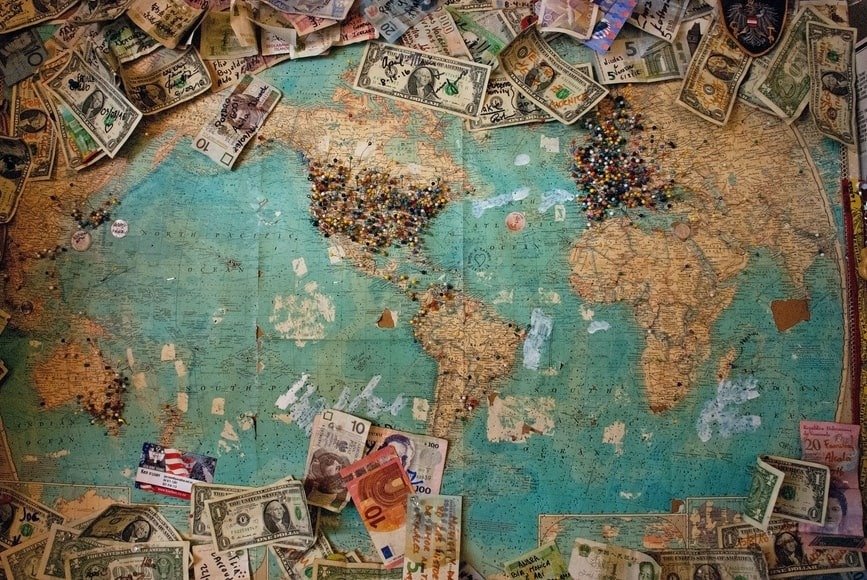Some people think that some scams such are just scripts from movies, but counterfeit money scams and lots of others are real. They can happen anywhere and at any time. You need to be aware of the risks before you travel abroad or go shopping for souvenirs. This post will tell you how to avoid getting scammed by counterfeiters! Keep Reading!
What are Counterfeit Money Scams?
Counterfeit money scams happen when someone tries to pass off counterfeit currency as real money. This can happen in a variety of different ways, and it often happens when you make transactions with people who deal in cash all the time (like taxi drivers, bartenders, and shop owners). Counterfeiters use special equipment to make fake bills look similar to the real ones, and they take advantage of unsuspecting people who do not know what to look for. So if you are aware of counterfeit money or have at least a counterfeit pen with you to detect them, then you can stay out of trouble.
How can You Avoid Getting Scammed with Counterfeit money?
Below are some practical tips that can help you avoid counterfeit money scams when traveling:
Familiarize Yourself with the Local Currency
This is the most important thing to do when you travel abroad. You should learn about the exchange rates, denominations of bills, and coins used in the country you are visiting. Do some research and find out how the notes and coins in the country you are visiting look like. You should also know the legal tender in the country you are traveling to. Therefore, if someone tries to give you money with an unfamiliar face on it, treat it as a red flag!
Be Wary of Street Vendors and Taxi Drivers
Many counterfeiters target people who deal frequently with cash transactions (like street vendors or taxi drivers). When buying something from a stranger, never use large bills; always ask for change back. Pay attention to how your bill looks when receiving it because some scammers might “accidentally” drop one or two fake notes into your hand. Some even go as far as dropping them right outside the store where they sold you things earlier that day! If anything about your transaction feels not right, trust yourself and don’t do it!
Do Not Accept Bills with Tear Marks or Stains
These are sure signs of a counterfeit note. If you receive money that looks suspicious, ask for another one. You can also check the bill using watermarking technology to see if it is real or not. Just place the banknote against the light and check the front side of the paper and compare what you see with an image online (there are plenty available). The same goes for bills printed on different kinds of materials. There should be no reason why someone would use anything else but regular currency when making legal tender.
Be Wary Around ATMs and Unofficial Money Changers
This applies to any country you are visiting. Do not use ATMs that look suspicious or unofficial money changers on the street! The best way to get cash is from an ATM at a major bank, ideally inside their reception area, so you will have someone to complain to should something go wrong.
Where Possible Use Credit Cards or Travel Checks
If possible avoid using cash when making large purchases especially if it is something expensive like a new phone or camera. The best way to use credit cards abroad is by obtaining an additional PIN number from your bank before leaving so that people cannot withdraw funds without your permission. While some stores might accept traveler’s checks, keep in mind that these can be forged too! So try to carry as little cash around as possible while traveling overseas.
With all these tips, you should be able to avoid counterfeit money scams and enjoy your travels even more! But in case you are scammed, help is usually available from your bank, embassy, or consulate.




